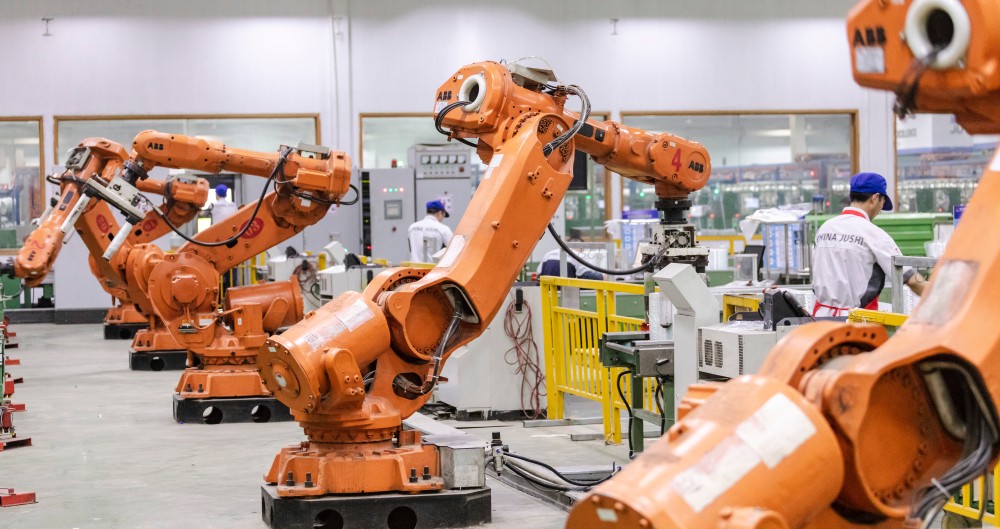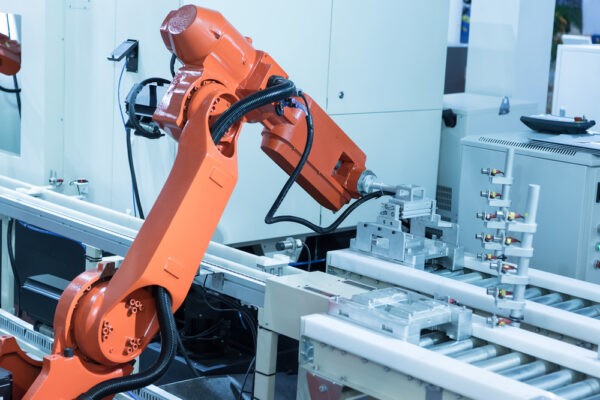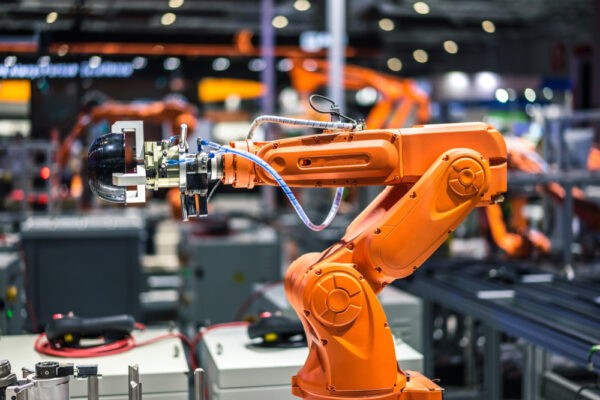Maintenance Strategies To Extend the Lifespan of Industrial Robots

Robotics are not new to manufacturing, but they are becoming more complex and sophisticated by the year. Today’s robots are critical drivers of the value stream and cornerstone investments for producers looking to stay competitive. While they enable incredible efficiencies, robotics also demand continued reinvestment in maintenance and upkeep.
As manufacturers consider their investments in robots, preventive, predictive, and proactive maintenance approaches must be top priorities. Here’s how these strategies can extend the life and improve the performance of these crucial Industry 4.0 investments.
Preventive maintenance techniques
Well-maintained robots keep production processes running smoothly and efficiently. A preventive approach can help avoid costly breakdowns and the unscheduled downtime often associated with it:
- Regular inspections and diagnostics. It’s best to conduct daily, weekly, and monthly inspections to ensure everything is working correctly. During these inspections, look for loose bolts, dirt and debris, oil leaks, and any impending damage.
- Lubrication and cleaning. Regular lubrication can prevent friction and prolong the life of these parts. Follow manufacturer guidelines on adding lubricants and apply only the recommended viscosity and levels.
- Calibration and alignment. Robots must be adequately calibrated and aligned to perform specific functions and tasks. Axis alignment, end effectors, and sensors can affect a robot’s accuracy and performance.
- Component replacement schedule. Robot components undergo wear and tear during operations. At some point, they’ll need replacement. Refer to manufacturer guidelines for when to change specific parts.

Predictive maintenance strategies
Even a minor breakdown can slow production, leading to lost revenue and a damaged reputation. Predictive maintenance can help businesses identify issues before they cause a machine failure, enhancing safety and productivity while reducing costs. Here’s how:
- Sensor-based monitoring systems. A sensor-based monitoring system can provide critical data on machine activity and performance. Sensors can measure temperature, pressure, vibration, and other parameters affecting robot performance and longevity.
- Condition-based maintenance. Manufacturers should establish key performance indicators for each robot and continually monitor them. Any deviations from these metrics can signify a problem warranting immediate attention.
- Data analytics and predictive modeling. Predictive maintenance software uses algorithms and machine learning to analyze vast amounts of data from sensors across the manufacturing process. It utilizes real-time and historical data to identify patterns and prevent future machine failures.
- Failure trend analysis. By analyzing failure trends, producers can determine which machines are more susceptible to breakdowns, which parts cause the most problems, and which maintenance tasks need prioritization.

Proactive upgrades and retrofits
As with any equipment, robotics need regular reinvestment in the form of upgrades and retrofits. Here’s how manufacturers can be proactive about extending the useful life of these depreciable assets:
- Identify outdated components. Outdated components or software may compromise the safety and performance of robots. Begin by conducting a detailed assessment of your robots’ components to determine whether they need improvements.
- Software and firmware updates. Manufacturers must keep software updated for optimal performance. Upgrading software and firmware can also resolve bugs and glitches with the potential to cause machine failure or downtime.
- Adapt to new industry standards and regulations. Manufacturers must ensure their robotics comply with international standards such as ISO 10218 and ISO/TS 15066, which regulate the safety and application of industrial robots.
Together, preventive, predictive, and proactive approaches to asset maintenance culminate in robots that last longer, perform better, and deliver improved ROI. If your facility relies on robotics to facilitate the value stream, be sure to take all of the above into consideration.